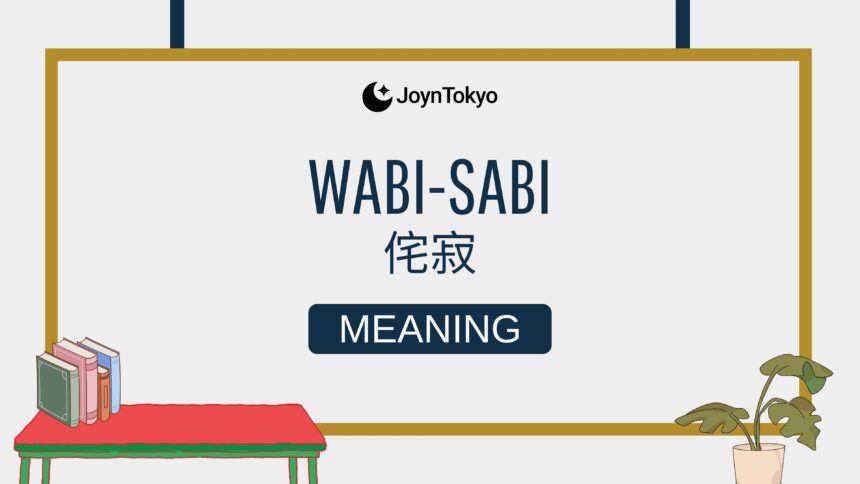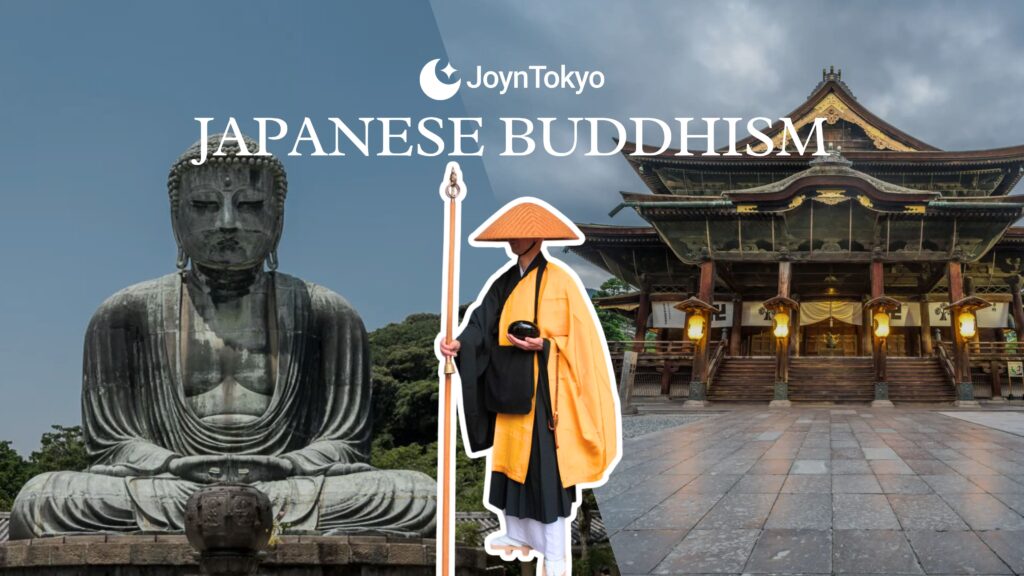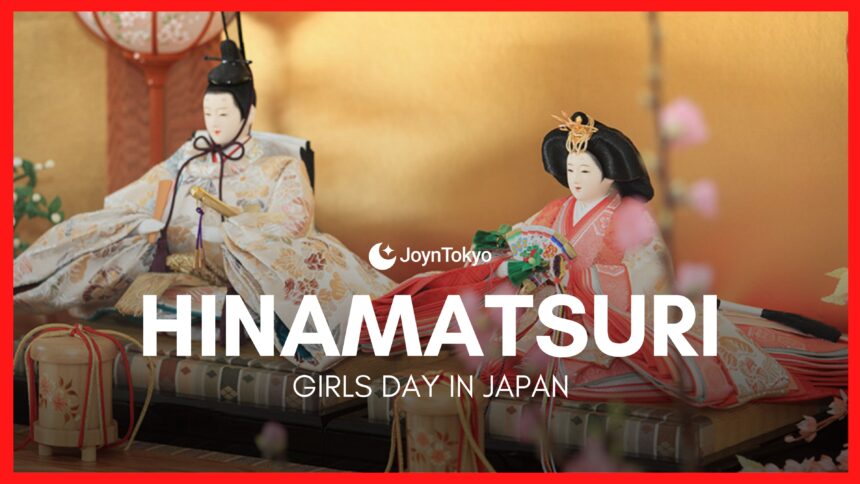Wabi-sabi is one of Japan’s most profound and poetic cultural ideas — a philosophy that finds beauty in imperfection, impermanence, and simplicity. Though it resists direct translation, wabi-sabi reflects a uniquely Japanese appreciation for things that are modest, natural, and fleeting. For foreigners living in Japan, understanding wabi-sabi is not only a way to appreciate Japanese art and design but also a lesson in seeing life through a more mindful, accepting lens.
What Does Wabi Sabi Mean?

At its heart, wabi-sabi consists of two words: wabi (侘) and sabi (寂). Each holds a different emotional nuance, but together they express the Japanese worldview that values the imperfect and the impermanent. To grasp wabi-sabi fully, one must understand how these two elements intertwine to form a quiet yet powerful aesthetic ideal.
The Meaning of “Wabi”
Originally, “wabi” described the loneliness or melancholy of living close to nature and away from society. Over time, its meaning evolved to reflect a humble appreciation for simplicity and authenticity. Wabi celebrates the understated beauty of handmade or imperfect things — such as a slightly uneven tea bowl, a single flower in a vase, or a weathered wooden door that has aged gracefully over time.
The Meaning of “Sabi”
“Sabi” conveys the serene beauty that comes with age, wear, and the passage of time. It appreciates the patina on old metal, the faded color of antique fabrics, or the soft erosion of a stone pathway. Through sabi, we learn to see dignity and calmness in decay, understanding that aging and change are natural and even beautiful processes.
Wabi-Sabi as a Philosophy of Japanese Life
When combined, wabi and sabi create a philosophy that values acceptance, humility, and the natural rhythm of life. Wabi-sabi teaches that beauty lies not in perfection but in imperfection — in the cracks, textures, and changes that time brings. In modern Japan, it continues to inspire mindfulness, gratitude, and a deeper respect for nature’s inevitable cycles.
The Historical Roots of Wabi-Sabi
The concept of wabi-sabi emerged during Japan’s medieval era, heavily influenced by Zen Buddhism and the tea ceremony. It arose as a response to the lavishness of earlier aesthetics, favoring simplicity over extravagance. Over centuries, it evolved into a guiding principle that shaped Japanese art, architecture, and everyday life.
Read More
Zen Buddhism and Simplicity in Wabi Sabi

Zen monks introduced the idea that true beauty could be found in ordinary, unadorned things. They taught that a single flower, a stone, or even silence could express profound truth. This Zen approach to simplicity shaped Japan’s artistic and spiritual sensibilities, inspiring generations to appreciate imperfection as a natural part of existence.
The Tea Ceremony and Sen no Rikyū

Perhaps no figure embodies wabi-sabi more than Sen no Rikyū (1522–1591), the tea master who refined Japan’s tea ceremony. Rejecting the ornate Chinese tea ware of his time, Rikyū favored rustic pottery, dimly lit tea rooms, and natural materials like wood and clay. His minimalist aesthetic reflected the essence of wabi-sabi — finding meaning and beauty in modest, imperfect surroundings.
Art of Wabi Sabi
Wabi-sabi is deeply rooted in Japan’s creative traditions, shaping everything from poetry to pottery. Its influence can be seen in classical haiku, minimalist design, and traditional craftsmanship that values texture, imperfection, and the touch of the maker. Across centuries, artists have used wabi-sabi to express emotion, impermanence, and quiet beauty.
Kintsugi: The Wabi Sabi Art of Golden Repair
Kintsugi (金継ぎ), the Japanese art of repairing broken pottery with lacquer and gold, perfectly captures the wabi-sabi spirit. Instead of hiding flaws, kintsugi highlights them, turning cracks into lines of beauty. Each repaired bowl tells a story of damage, resilience, and renewal — becoming more beautiful precisely because it has been broken and mended.
Wabi Sabi Pottery, Textiles, and Architecture
Japanese pottery often features uneven shapes, muted colors, and natural glazes that reveal the hand of the artist. Textiles like boro (patched fabric) and indigo-dyed cloth show beauty in repair and reuse, embracing imperfection as part of the object’s life. In architecture, traditional homes with tatami mats, shoji screens, and soft lighting embody the calm and harmony that define wabi-sabi design.
Where to Experience Wabi-Sabi in Japan
Wabi-sabi is not just an idea to understand — it’s an atmosphere you can feel across Japan. From ancient temples to quiet gardens and everyday moments, it reveals itself through age, silence, and simplicity. Traveling through Japan, you can experience wabi-sabi with your senses, not just your mind.
Kyoto: The Heart of Wabi-Sabi Aesthetics
Kyoto, Japan’s cultural capital, offers countless examples of wabi-sabi in daily life. At Ginkaku-ji (the Silver Pavilion), the subdued gardens and wooden halls reflect timeless simplicity. The moss garden at Saihō-ji feels untouched by time, inviting you to pause and breathe. Even the narrow alleys lined with old machiya houses whisper stories of sabi — the beauty of graceful aging.
Nara: Ancient Wabi Sabi Serenity
In Nara, Japan’s first capital, wabi-sabi lives in the soft weathering of temples and the gentle presence of nature. The worn steps of Tōdai-ji, the peaceful deer roaming Nara Park, and the golden glow of the setting sun all evoke sabi’s quiet emotion. Here, impermanence feels less like loss and more like serenity.
Everyday Moments of Wabi-Sabi
You don’t need to visit a temple to experience wabi-sabi — it exists in daily life. It’s in a chipped teacup, the sound of rain against paper doors, or the fading light of dusk. These fleeting, imperfect moments invite reflection, reminding us of mono no aware, the bittersweet awareness of life’s impermanence.
Read More
How to Embrace Wabi-Sabi in Daily Life
Wabi-sabi can also guide how we live, not just what we see. It encourages us to slow down, simplify, and appreciate small details. For foreigners living in Japan, practicing wabi-sabi can bring a sense of peace and connection to everyday life.
Observe and Slow Down Wabi Sabi
Take time to notice subtle moments — the shadow of leaves, the change in light, or the texture of wood. By observing mindfully, you begin to see the quiet beauty that surrounds you. Wabi-sabi begins with awareness and grows with appreciation for the ordinary.
Choose Natural and Handmade Things For Wabi Sabi
Surround yourself with handmade and natural items that age gracefully, such as pottery, linen, or wooden furniture. These objects carry the warmth of human touch and become more meaningful over time. Each scratch or imperfection tells a story — one that deepens their beauty rather than diminishes it.
Accept Wabi Sabi’s Imperfection
Wabi-sabi is ultimately about accepting flaws and transience as part of life’s natural rhythm. Nothing lasts, nothing is finished, and nothing is perfect — yet everything holds beauty in its impermanence. By embracing imperfection, you cultivate gratitude and peace in a world that often demands perfection.
Finding Wabi Sabi Beauty in Imperfection
Wabi-sabi is more than an aesthetic; it’s a way of living with grace and mindfulness. It reminds us that time changes everything — and that this change itself is beautiful. For foreigners in Japan, discovering wabi-sabi offers not just cultural understanding, but also a path toward serenity, appreciation, and a deeper connection to the everyday moments that make life truly meaningful.









